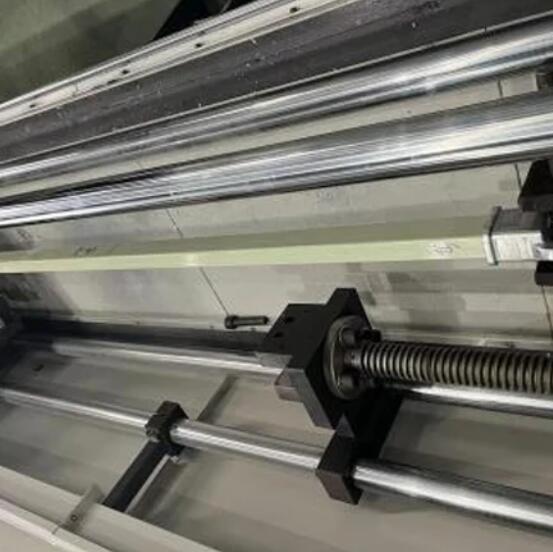Beyond Tradition: Embracing the Advantages of Fiberglass Composite Crossarms
2023-11-27
Introduction:
In the dynamic landscape of utility and power distribution, the choice of materials for crucial components like crossarms can significantly impact the performance and longevity of infrastructure. Fiberglass composite crossarms have emerged as a game-changing alternative to traditional materials such as wood and steel. In this blog, we'll explore the key advantages that position fiberglass composite crossarms at the forefront of modern utility construction.
1. Exceptional Strength-to-Weight Ratio:
- Advantage: Fiberglass composite crossarms offer a remarkable strength-to-weight ratio, providing robust structural support for power lines without the burden of excess weight.
- Benefit: The lightweight nature of fiberglass composite eases handling, transportation, and installation, enhancing overall efficiency in utility projects.
2. Corrosion Resistance:
- Advantage: Fiberglass composite is inherently corrosion-resistant, making it impervious to rust, decay, and other forms of corrosion that often afflict steel and even aluminum.
- Benefit: This resistance ensures a prolonged lifespan, reducing the need for frequent replacements and maintenance, especially in humid or corrosive environments.
3. Electrical Insulation Properties:
- Advantage: Fiberglass is an excellent electrical insulator, providing a level of electrical insulation that surpasses materials like steel and aluminum.
- Benefit: This insulation property reduces the risk of electrical discharge, enhancing safety in power distribution systems and minimizing the potential for electrical accidents.
4. UV Resistance and Weatherability:
- Advantage: Fiberglass composite crossarms are designed to withstand prolonged exposure to ultraviolet (UV) radiation and harsh weather conditions.
- Benefit: This UV resistance ensures that the crossarms maintain their structural integrity and appearance over an extended period, even in outdoor environments with intense sunlight.
5. Dimensional Stability:
- Advantage: Fiberglass composite exhibits excellent dimensional stability, meaning it maintains its shape and structural integrity over time.
- Benefit: This stability contributes to the reliability and consistency of the crossarms, ensuring they perform as intended throughout their service life.
6. Customization and Design Flexibility:
- Advantage: Fiberglass composite crossarms can be tailored to specific design requirements, allowing for flexibility in shape, size, and performance characteristics.
- Benefit: This customization capability accommodates diverse project needs, providing a versatile solution for different utility and power distribution applications.
7. Environmental Friendliness:
- Advantage: Fiberglass composite materials are environmentally friendly, with no risk of leaching toxic substances into the soil or water.
- Benefit: The reduced environmental impact aligns with sustainability goals and positions fiberglass composite crossarms as a conscious choice for environmentally responsible projects.
8. Resistance to Insects and Rot:
- Advantage: Unlike wood, fiberglass composite is impervious to insect infestations and decay.
- Benefit: This resistance ensures a longer lifespan and reduces the need for treatments or preservatives, making fiberglass composite a low-maintenance and durable option.
Conclusion:
Fiberglass composite crossarms stand as a testament to innovation in utility construction, offering a host of advantages that address the limitations of traditional materials. From unparalleled strength-to-weight ratios to resistance against corrosion, insects, and UV radiation, the benefits of fiberglass composite crossarms extend beyond performance to encompass sustainability and cost-effectiveness. As industries increasingly prioritize modern solutions that harmonize efficiency, durability, and environmental responsibility, fiberglass composite crossarms emerge as a transformative choice for the future of utility infrastructure.



